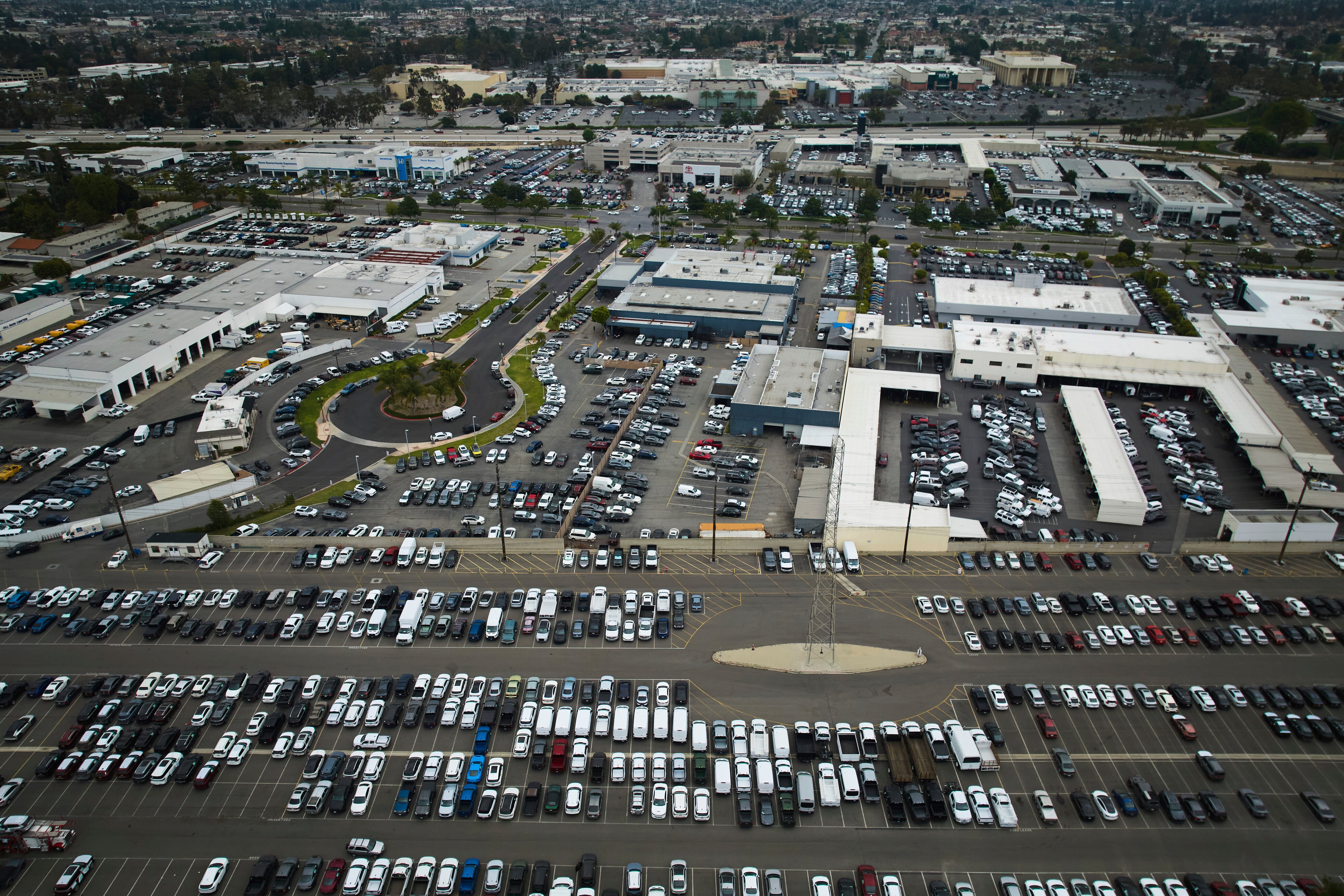The IRS it’s distributing about $2.4 billion to taxpayers who didn’t receive their COVID stimulus payments. By the end of January, approximately 1 million taxpayers will receive special payments of up to $1,400 from the IRS.
The IRS said it's distributing these payments to taxpayers who failed to claim a Recovery Rebate Credit on their 2021 tax returns. The Recovery Rebate Credit is a refundable credit for individuals who did not receive one or more Economic Impact Payments (EIP), also known as stimulus payments.
“Looking at our internal data, we realized that one million taxpayers overlooked claiming this complex credit when they were actually eligible,” IRS Commissioner Danny Werfel said in a statement.
Here’s what you need to know about the IRS payments.
Who is eligible to receive a check?
The special payments announced by the IRS are being sent to those taxpayers who filed a 2021 tax return but left the data field for the Recovery Rebate Credit blank or they filled it out as $0 when they were actually eligible for the credit.
How much money will eligible taxpayers receive?
Payments will vary but the maximum amount will be $1,400 per individual. In total, the IRS will be distributing about $2.4 billion to taxpayers who failed to claim a Recovery Rebate Credit on their 2021 tax returns.
The IRS has posted information online about eligibility and how the payment was calculated.
Why is the IRS sending out stimulus checks?
The Recovery Rebate Credit is a refundable credit for individuals who didn't receive the Economic Impact Payments, also known as stimulus payments, during 2020 and 2021.
The IRS announced this initiative after reviewing its internal data and finding that many eligible taxpayers who filed a 2021 tax return didn't claim the credit.
“To minimize headaches and get this money to eligible taxpayers, we're making these payments automatic, meaning these people will not be required to go through the extensive process of filing an amended return to receive it,” said Werfel.
If I qualify for a stimulus payment, how will I receive it?
If you qualify for the Recovery Rebate Credit you don't have to take any action. The IRS plans to send letters to eligible taxpayers notifying them of the special payment. The payments will go out automatically this month and should arrive by direct deposit or check by late January. They’ll be sent to the bank account listed on the taxpayer’s 2023 return or to the address IRS has on file.
What if I haven’t filed my 2021 tax return yet?
You still might be able to receive the money. However, taxpayers need to file a tax return and claim the Recovery Rebate Credit by the April 15, 2025 deadline, even if any income from a job, business or other source was minimal or nonexistent, according to the IRS.
How many rounds of COVID stimulus payments were there?
There were three rounds of payments to households impacted by the pandemic, totaling $814 billion. IRS based the amounts that taxpayers received on their income, tax filing status and number of children or qualifying dependents.
In March 2020, eligible individuals received up to $1,200 per income tax filer and $500 per child under the CARES Act. In December 2020, eligible individuals received up to $600 per income tax filer and $600 per child under the Consolidated Appropriations Act. In March 2021, eligible individuals received up to $1,400 per income tax filer and $1,400 per child under the American Rescue Plan Act.
__
The Associated Press receives support from Charles Schwab Foundation for educational and explanatory reporting to improve financial literacy. The independent foundation is separate from Charles Schwab and Co. Inc. The AP is solely responsible for its journalism.












